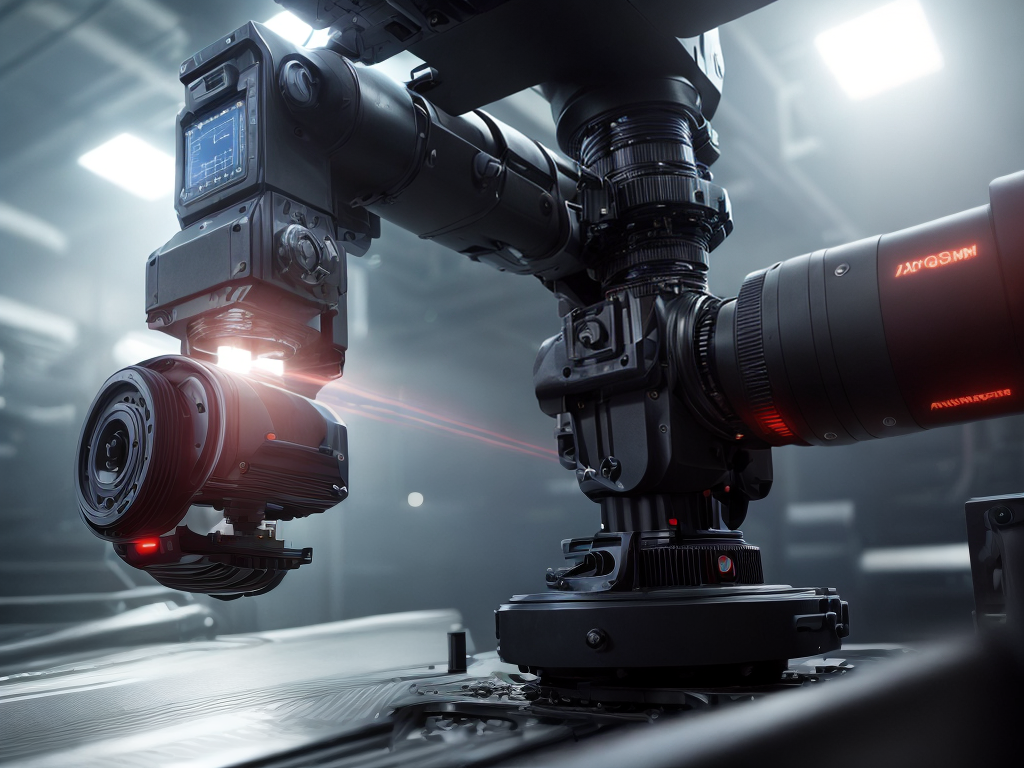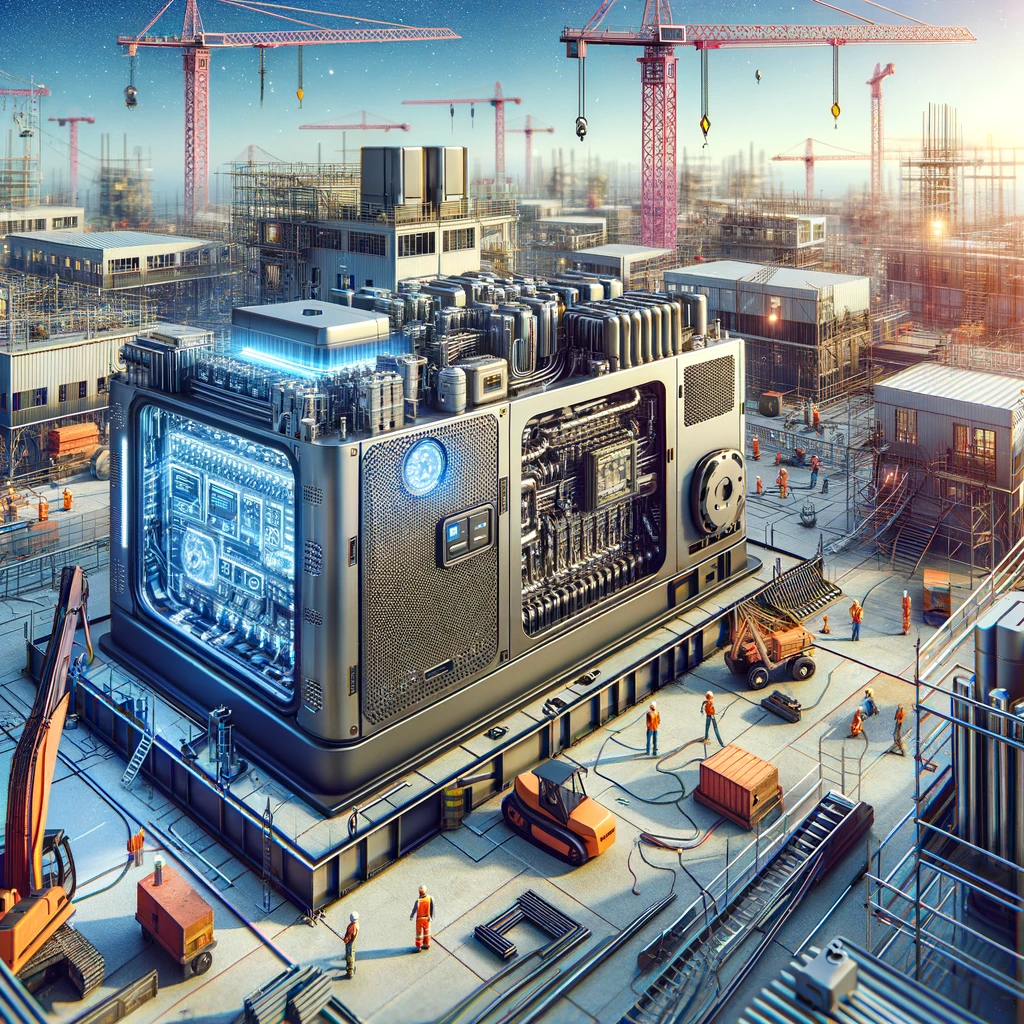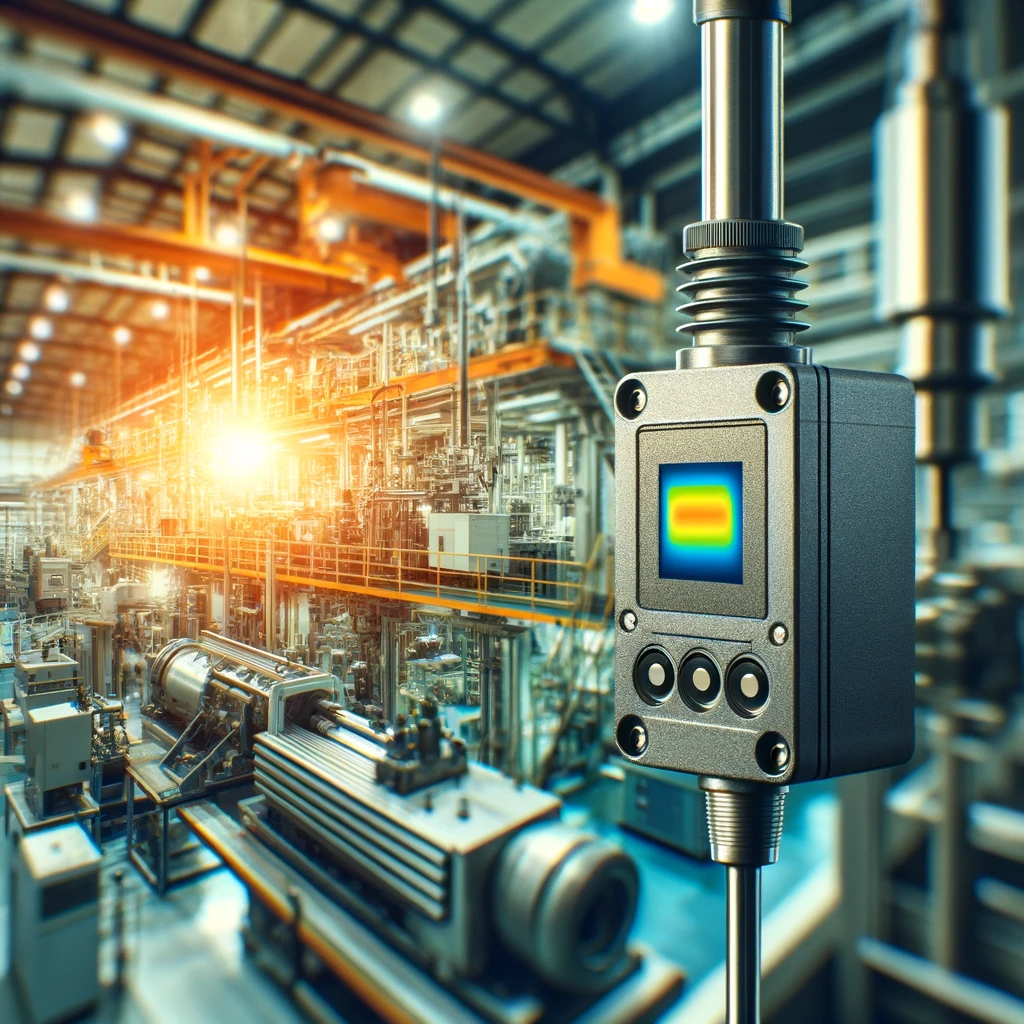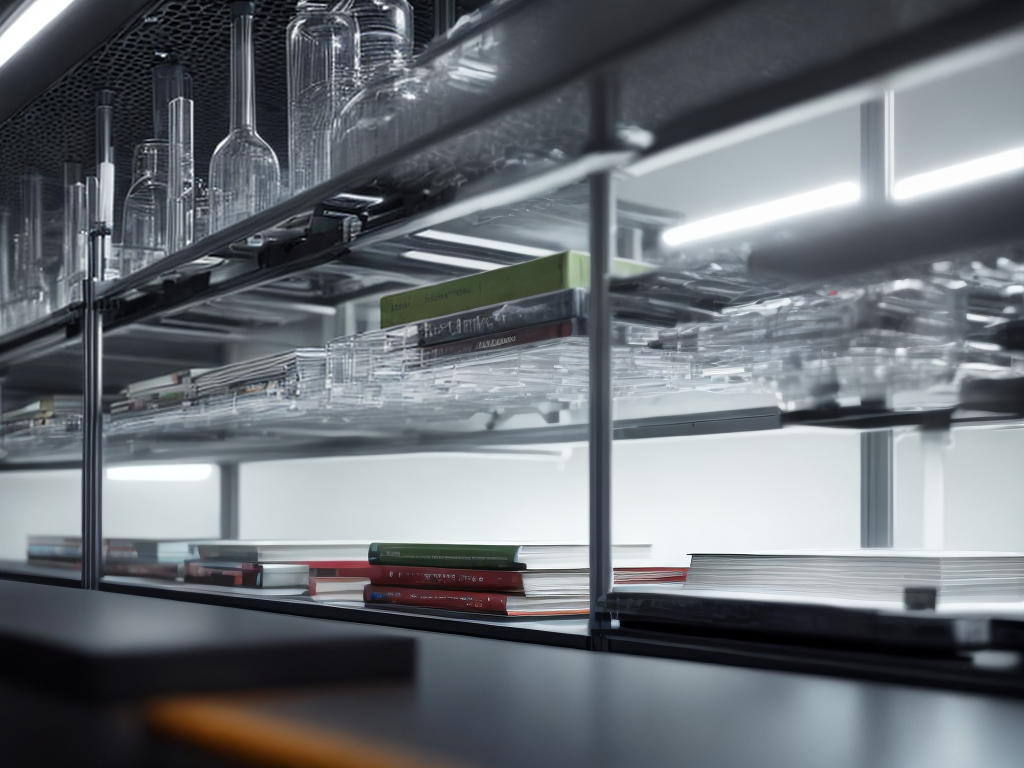
I’ve always been fascinated by how sensor technology has evolved in modern manufacturing. It’s incredible to see how far we’ve come from the early days when sensors were bulky and had limited capabilities.
With advancements in miniaturization, sensors have become smaller, more powerful, and capable of capturing vast amounts of data. Today, emerging technologies like IoT and AI are revolutionizing manufacturing by integrating sensors with data analytics.
In this article, I’ll explore the impact of sensor technology on quality control and discuss future trends in this rapidly evolving field.
Early Sensor Technology and Its Limitations
Early sensor technology had significant limitations that hindered its effectiveness in modern manufacturing. During the early stages of sensor development, the focus was primarily on basic functionalities and simple applications.
Historical sensor applications were limited to measuring basic physical parameters such as temperature, pressure, and proximity. These early sensors could not provide accurate and real-time data, which limited their usefulness in complex manufacturing processes. Additionally, the size and cost of early sensors were major obstacles, making it challenging to integrate them into existing manufacturing systems.
The lack of advanced communication capabilities further restricted their ability to provide valuable insights for process optimization. As a result, manufacturers had to rely on manual monitoring and control, leading to inefficiencies and increased costs.
Advancements in Sensor Miniaturization
As sensor technology continued to progress, advancements in sensor miniaturization played a crucial role in overcoming the limitations of early sensor technology. These advancements have revolutionized the manufacturing industry by enabling the development of smaller, more efficient sensors that can be integrated into various applications. Some key advancements in sensor miniaturization include:
- Miniature wireless sensor networks: These networks allow for seamless communication between sensors, enabling real-time data collection and analysis.
- Sensor fusion: By combining data from multiple sensors, sensor fusion techniques enhance the accuracy and reliability of measurements.
- Reduced power consumption: Miniaturized sensors consume less power, increasing their battery life and reducing maintenance needs.
- Increased portability: Smaller sensors are easier to deploy and move around, making them ideal for monitoring systems in dynamic manufacturing environments.
These advancements in sensor miniaturization have significantly improved the efficiency, reliability, and flexibility of modern manufacturing processes.
Emerging Sensor Technologies in Manufacturing
Having explored the advancements in sensor miniaturization, I am now eager to delve into the realm of emerging sensor technologies in modern manufacturing. One of the most significant developments in this field is the introduction of smart sensors. These sensors are equipped with advanced capabilities, such as data processing and communication, allowing them to collect and analyze data in real time. By integrating these smart sensors into manufacturing processes, companies can monitor and optimize their operations more effectively.
Another important trend is the integration of sensors with the Internet of Things (IoT). This integration enables the seamless exchange of data between sensors and other connected devices, creating a network of interconnected systems. By leveraging IoT integration, manufacturers can gain valuable insights into their production processes and make informed decisions to improve efficiency and productivity.
Integration of Sensors With Data Analytics
Data analytics plays a crucial role in the integration of sensors in modern manufacturing. By leveraging sensor technology and supply chain optimization, manufacturers can gather vast amounts of data from their operations. This data can then be analyzed in real time, allowing for real-time monitoring and predictive maintenance. The integration of sensors with data analytics offers several benefits, including:
- Improved efficiency: Data analytics enables manufacturers to identify inefficiencies in their processes and make data-driven decisions to optimize their operations.
- Enhanced productivity: Real-time monitoring allows manufacturers to quickly identify and address issues, minimizing downtime and maximizing productivity.
- Cost savings: Predictive maintenance helps prevent equipment failures and unplanned downtime, reducing maintenance costs and increasing overall efficiency.
- Quality control: By analyzing data from sensors, manufacturers can identify patterns and trends, enabling them to proactively address quality issues and ensure consistent product quality.
Impact of Sensor Technology on Quality Control
As sensors become increasingly integrated into manufacturing processes, their impact on quality control cannot be understated. These advanced technologies have led to improved production accuracy by providing real-time data on various parameters such as temperature, pressure, and vibration.
Additionally, sensor technology has enhanced defect detection by enabling automated inspection systems to quickly identify and reject faulty products, ensuring only high-quality goods reach the market. The implementation of sensor technology in quality control has revolutionized manufacturing, leading to greater efficiency and customer satisfaction.
Improved Production Accuracy
By implementing sensor technology, I have witnessed a significant improvement in production accuracy, ensuring precise quality control in modern manufacturing. The integration of sensors allows for real-time monitoring and analysis of various production processes, leading to enhanced production accuracy. Here are some ways in which sensor technology has impacted production accuracy:
- Automated data collection and analysis: Sensors collect data throughout the production process, providing valuable insights for process optimization and identifying potential quality issues.
- Continuous monitoring: Sensors enable continuous monitoring of key parameters such as temperature, pressure, and speed, ensuring that production stays within specified tolerances.
- Early detection of defects: By monitoring production in real-time, sensors can identify defects early on, allowing for immediate corrective actions to be taken.
- Improved consistency: Sensors help maintain consistency in production by ensuring that each product meets the required specifications.
Enhanced Defect Detection
With the integration of sensor technology, I have observed a significant improvement in defect detection, revolutionizing quality control in modern manufacturing. This advancement in smart manufacturing has transformed the way defects are identified and addressed, leading to higher product quality and customer satisfaction.
Sensors play a crucial role in the real-time monitoring of production processes, allowing manufacturers to detect and rectify defects at an early stage, preventing costly rework or recalls. By continuously monitoring key parameters such as temperature, pressure, and vibration, sensors provide valuable insights into the health of machines and the quality of products.
This proactive approach to defect detection minimizes the risk of defective products reaching the market, enhances process efficiency, and ultimately improves the overall competitiveness of manufacturers in today’s dynamic business environment.
Future Trends in Sensor Technology for Manufacturing
In the near future, I will explore the exciting advancements in sensor technology for manufacturing. As technology continues to evolve, next-generation sensors are being developed to meet the demands of smart factory applications. These sensors will revolutionize the manufacturing industry by providing enhanced capabilities and improving overall efficiency. Here are some future trends in sensor technology:
- Miniaturization: Sensors will become smaller and more compact, allowing for easier integration into manufacturing processes.
- Wireless Connectivity: Sensors will be equipped with wireless communication capabilities, enabling real-time data transfer and analysis.
- Multi-Sensing: Future sensors will have the ability to collect multiple types of data simultaneously, providing a more comprehensive understanding of manufacturing operations.
- Predictive Analytics: Advanced algorithms and machine learning techniques will be utilized to analyze sensor data and predict potential issues before they occur, optimizing production processes.
These advancements in sensor technology will undoubtedly play a crucial role in shaping the future of manufacturing.




